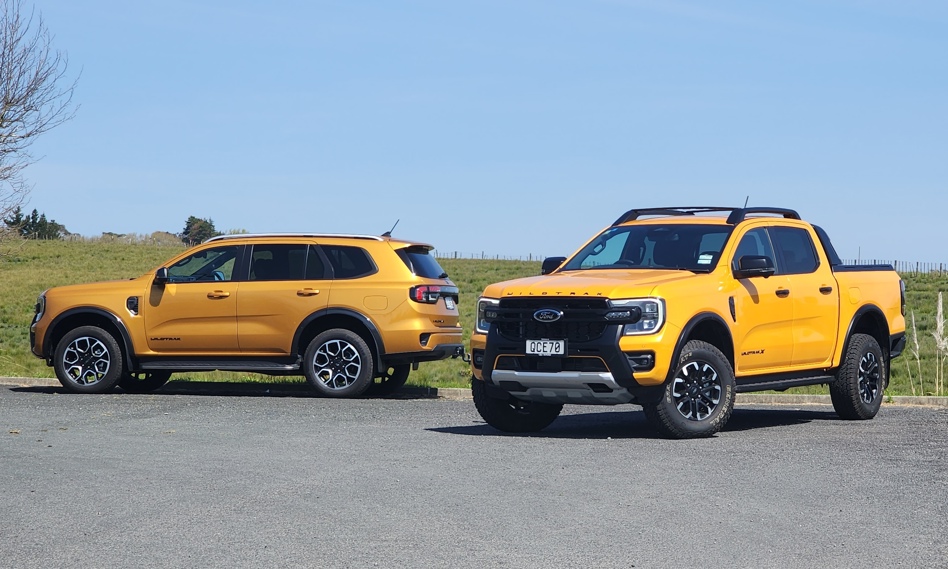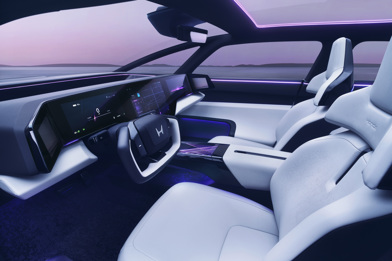Most of us rarely consider the resilience of our side mirrors, often brushing off minor bumps. However, the next-generation Ranger and Everest demand a second thought.
Why? The answer is beneath the seemingly sturdy side mirrors lies a crucial component - the Outside Air Temperature (OAT) sensor.
A critical piece of tech

Ford's Climate Control Attribute supervisor, Sandy Fragapane, unveils the OAT equipment's pivotal role. Nestled beneath the side-view mirrors of Ranger and Everest models equipped with automatic climate control, this sensor holds the key to critical functionalities like front and rear parking sensors and the air-conditioning system.
“Without the information gathered by the temperature sensor, features like the front and rear parking sensors and the air-conditioning system wouldn’t function properly. It really is that critical," emphasises Fragapane.
Precise positioning
Surprisingly, the sensor's vulnerable location - under the side mirror - is intentional. Placed away from engine heat, direct sunlight, and rain, it ensures accurate ambient temperature measurements. Fragapane justifies, “Placing the temperature sensor beneath the side mirror means it’s away from hot engine parts, and out of direct sunlight and rain which can all skew the accurate measurement of the ambient temperature affecting the features that rely on it.”
Connecting the dots

This temperature sensor doesn't just gauge the weather; it's a linchpin connecting directly to the vehicle’s powertrain control module (PCM). This integration allows it to relay precise ambient temperature data crucial for the optimal functioning of the parking/clearance sensors and automatic climate control.
The parking system, relying on sound wave speed affected by ambient temperature, calculates real-time distances to objects. Fragapane explains, “The amount of time it takes for that sound wave to hit the object in front of or behind the vehicle and then back to the sensor is used to calculate the distance between the object and the vehicle; the temperature sensor tells the system how hot or cold it is so the distance can be calculated in real time.”
Additionally, the climate control system in auto mode adapts fan speed to match the external temperature, optimising cabin temperature efficiently.
“Sure, the outside air temperature sensor tells the driver what the ambient temperature is, but the way the vehicle uses this information goes way beyond that,” Fragapane concludes.
In essence, the next-gen Everest and Ranger redefine the significance of an often overlooked component, transforming the mundane side mirror into something owners need to look after - a small tradeoff for such an advanced vehicle.





